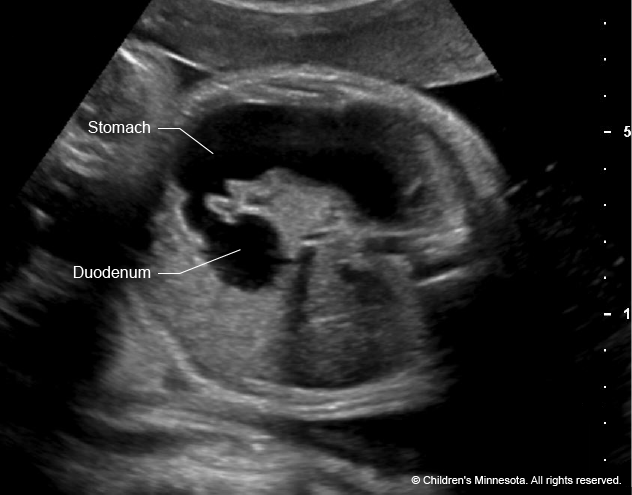
Diabetes in the mother will need to be ruled out, and in some cases genetic testing of the baby is recommended either by blood work or amniocentesis. If a baby is found to have excessive amniotic fluid, a workup is usually done that includes a detailed ultrasound to examine the baby’s anatomy. These pregnancies usually have no ongoing issues and the babies continue to develop normally.

In these cases, the cause for the polyhydramnios is often not known. This means it may be seen on one ultrasound only to have been completely resolved on a follow-up ultrasound. Lastly, many times the cause is never found and the reason for the polyhydramnios remains unknown.įor some women, polyhydramnios is temporary. Other causes of polyhydramnios include diabetes in the mother or twin pregnancies where one twin makes too much amniotic fluid and the other too little. Any issues along the way, such as an abnormally developed esophagus, can cause too much fluid to accumulate around the baby. For example, amniotic fluid is continuously swallowed by the fetus and is then urinated out. Some genetic disorders and malformations (when organs are not developed properly) can result in this condition. Polyhydramnios can be the result of a few different issues. Since ultrasounds are so common these days, they are often the method used to diagnose polyhydramnios.

Polyhydramnios, which is seen in about 1 percent of all pregnancies, can be diagnosed a few different ways: by ultrasound (seeing too much fluid around the baby), physical exam (if a woman’s uterus measures larger than expected, it can be from having extra amniotic fluid), or at the time of delivery (when more fluid than normal is seen when a woman’s water breaks). However, more is not always better, and the condition known as polyhydramnios - having too much amniotic fluid - can occasionally cause problems. Amniotic fluid is the fluid that surrounds your baby while he or she is in the uterus, and it contributes to the perfect environment needed for your baby to grow and develop.


 0 kommentar(er)
0 kommentar(er)
